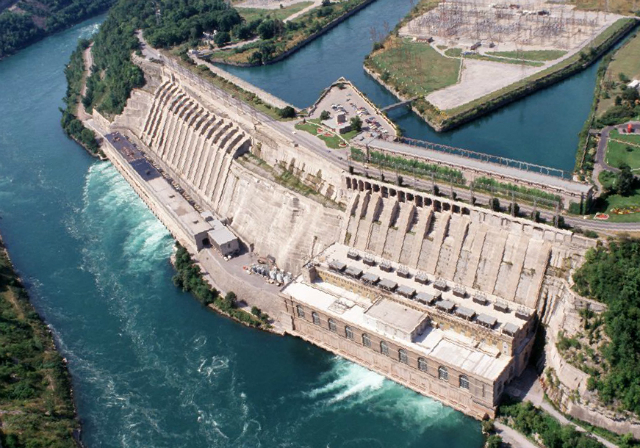Renewable energy is garnering considerable attention in the wake of Trump’s announcement at the end of 2017 that the U.S. intended to pull out of the Paris Agreement on climate change. While the president’s attitude towards climate change and fossil fuels does not bode well for investment in cleaner renewable sources of energy, it has not blunted investment in the sector.
According to a U.N. report, the world invested more in solar energy than coal, natural gas, and nuclear energy combined during 2017. What is becoming increasingly clear is that renewable sources of energy are here to stay, and investment in the sector will continue to gain momentum.
One company positioned to benefit from the powerful secular tailwind that is the transition to generating electricity from renewable sources is Brookfield Renewable Partners L.P. (TSX:BEP.UN)(NYSE:BEP).
Now what?
It hasn’t all been clear sailing for the partnership over the last few years. Poor hydrology in North and South America because of the El Niño weather pattern saw water levels fall, significantly impacting Brookfield Renewable’s ability to generate electricity. This is because 88% of the 10,700 megawatts of installed capacity owned by the partnership is provided by hydroelectric assets, which are impacted by low water levels.
Nevertheless, the weather conditions that triggered the poor hydrology eased significantly over the course of 2017. Brookfield Renewable reported electricity output of 43,385 gigawatt hours (GWh) for the year, which was 2.5% greater than the long-term average generation of its assets. That was also a significant improvement over 2016 when the partnership only generated 34,071 GWh, which was 13% lower than the long-term average.
Because of this strong performance, Brookfield Renewable’s funds flow from operations shot up by an impressive 39% year over year, while EBITDA rose by a notable 21%. That allowed the partnership to hike its distribution by 5%, which was the eighth consecutive year it has done so, giving Brookfield Renewable a juicy yield of just over 6%.
This trend to higher electricity production, and hence better earnings, should continue for the foreseeable future.
You see, the impact of the El Niño phenomenon across the Americas is easing, leading to greater rainfall and water flow on river systems, which is essential to Brookfield Renewable being able to boost the output of its hydro-plants.
Furthermore, at the end of 2017 Brookfield Renewable and its partners completed the purchase of 100% of TerraForm Global Inc. for a total of US$750 million. The partnership contributed US$230 million, giving it a 31% interest in TerraForm.
This has further diversified Brookfield Renewable’s assets, while bolstering its electricity-generating capacity by adding TerraForm’s 952-megawatt solar and wind portfolio located in Brazil, India and China. That reduces the partnership’s dependence on hydroelectricity generation, thereby making it less vulnerable to low water levels. The deal was expected to be immediately accretive and immediately add US$35 million in funds flow from operations.
These factors will all work together to allow the partnership to meet its stated goal of delivering long-term returns of 12-15% to shareholders annually. It also means that Brookfield Renewable will be capable of building on its already credible history of regularly hiking its distribution to reward patient investors.
So what?
The time has come for Brookfield Renewable to soar. A combination of increasingly favourable climatic conditions, quality assets, and its 31% interest in TerraForm global will all boost funds flow and earnings, giving Brookfield Renewable’s bottom line a healthy boost.
Let’s not forget that the secular trend to cleaner renewable sources of electricity will act as a powerful long-term tailwind for Brookfield Renewable. All of this should translate not only into further distribution increases, but should also enhance the partnership’s earnings and cause its shares to appreciate over coming months.








